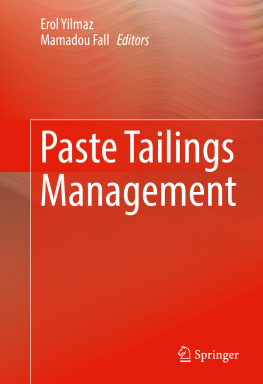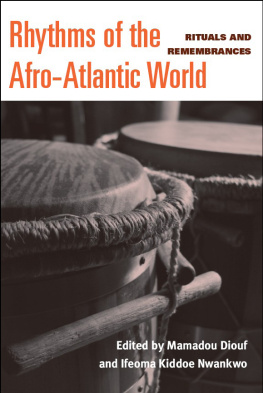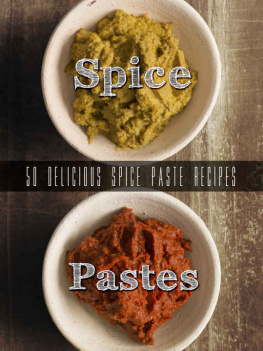Fall Mamadou - Paste Tailings Management
Here you can read online Fall Mamadou - Paste Tailings Management full text of the book (entire story) in english for free. Download pdf and epub, get meaning, cover and reviews about this ebook. City: Cham, year: 2017;2018, publisher: Springer International Publishing, genre: Romance novel. Description of the work, (preface) as well as reviews are available. Best literature library LitArk.com created for fans of good reading and offers a wide selection of genres:
Romance novel
Science fiction
Adventure
Detective
Science
History
Home and family
Prose
Art
Politics
Computer
Non-fiction
Religion
Business
Children
Humor
Choose a favorite category and find really read worthwhile books. Enjoy immersion in the world of imagination, feel the emotions of the characters or learn something new for yourself, make an fascinating discovery.
- Book:Paste Tailings Management
- Author:
- Publisher:Springer International Publishing
- Genre:
- Year:2017;2018
- City:Cham
- Rating:3 / 5
- Favourites:Add to favourites
- Your mark:
- 60
- 1
- 2
- 3
- 4
- 5
Paste Tailings Management: summary, description and annotation
We offer to read an annotation, description, summary or preface (depends on what the author of the book "Paste Tailings Management" wrote himself). If you haven't found the necessary information about the book — write in the comments, we will try to find it.
Paste Tailings Management — read online for free the complete book (whole text) full work
Below is the text of the book, divided by pages. System saving the place of the last page read, allows you to conveniently read the book "Paste Tailings Management" online for free, without having to search again every time where you left off. Put a bookmark, and you can go to the page where you finished reading at any time.
Font size:
Interval:
Bookmark:
- Chapter focuses on the problem statement about tailings management and also gives important definitions of two tailings management techniques: cemented paste backfill for underground mines and surface paste tailings disposal.
- Chapter presents the fundamental ingredients (tailings, binder, and water) required for the preparation of paste backfill mixtures and their practical importance on quality and performance assessment. This chapter also deals with the intrinsic and extrinsic factors which may greatly affect the strength and stability of cemented paste backfills.
- Chapter provides the fundamental aspects of the rheology which are an essential tool in the overall management of both surface and underground paste tailings systems. It also gives the effects of major variables such as flow rate, shear history, particle size, shape, and concentration for the success of a paste tailings system.
- Chapter outlines the physical, mechanical, hydraulic, thermal, chemical, and microstructural properties of cemented paste backfills which have a profound effect on their ultimate strength and durability. The chemical interactions and microstructural properties are closely related to the long-term backfill performance since the backfill with loose pore structure will not function properly its ground support role in comparison with the backfill with dense structure. All these aspects are described meticulously in this chapter.
- Chapter describes the quality and behavior of cemented paste backfill considered for refilling underground mined stopes. This chapter deals with an overview of underground paste backfill, including paste ingredients, mix preparation, delivery, placement and curing conditions, barricade construction and monitoring, and quality control testing.
- Chapter summarizes the fundamental aspects of surface paste disposal method. It also examines the behavior of paste material placed in field conditions in many ways and other geochemical (acidic mine water risk, heavy metal mobilization) and geotechnical (hydraulic conductivity, consolidation, crack propagation, and solidification behavior) properties in all kind of weather conditions.
- Chapter outlines the instrumentation of underground backfill and surface disposal from controlling plant operational performance to the monitoring of backfill pipeline pressure. This chapter also presents the paste production process that meets the target design specifications for further improving operational efficiencies. The backfill may be optimized with the instrumentally collected key parameters such as fill sequences, stoping sequences, and binder usage in paste backfill.
- Chapter covers a brief statement of the pressure monitoring and field testing of cemented paste backfill used for underground mines. The field performance of mine backfill is of great importance in designing an efficient and more completive cemented paste backfill material. Most often, paste backfill design is done on laboratory results but always underestimates the events that happen at underground paste-filled stopes. This section gives more details on field behavior and characteristic of paste backfill.
Font size:
Interval:
Bookmark:
Similar books «Paste Tailings Management»
Look at similar books to Paste Tailings Management. We have selected literature similar in name and meaning in the hope of providing readers with more options to find new, interesting, not yet read works.
Discussion, reviews of the book Paste Tailings Management and just readers' own opinions. Leave your comments, write what you think about the work, its meaning or the main characters. Specify what exactly you liked and what you didn't like, and why you think so.








